BASS has a rolling research project to study the relationship between bass length, weight and age, to provide data to underpin our restoration and conservation campaigns. The project relies on members taking a few scales from a certain position on the bass, measuring the fish’s overall length, and submitting the scales in a special envelope with the length measurement and a few basic details. Some members do this with every bass they catch, and some do it on an occasional basis. Either approach is welcome.
Handling the fish
Bass are tough and they lose scales in the natural course of events in their lives, but we should be careful not to disturb the protective slime and scales no more than is necessary.
- A landing net should have a knotless mesh;
- Do not drag a fish across sand, concrete, rock, boards etc.;
- Handle the fish firmly so it can’t flip out of your grasp. This can be done in a variety of ways – with two hands, with a ‘Boga’ Grip or similar, or by thumbing’ the fish by gripping it with your thumb inside the mouth and first knuckle under the chin;
- Do not touch the gill rakers (the pink areas inside the gill openings);
- If conditions allow, lay the fish down on a wet surface (e.g. wet mesh of a landing net, wet seaweed, wet towel, wet clothing, or wetted top of a seat box).
Taking the scales
- If conditions allow, cover the fish’s head with a wet bar towel or similar, to calm it down;
- Quickly remove scales from the area around the point of the pectoral fin (see picture) by using tweezers or fingernails and pulling away firmly. Take 3 scales from each side of the fish if conditions allow; if not, take 6 from one side – not all together but from various points within the correct area; If you are going to keep the fish, then do take more, say 10in total;
- Put the scales somewhere safe for now, such as the corner of an empty pocket, or an empty hook packet.
Taking the length measurement
- Measure the overall length in cm from tip of snout to the end of the flattened-out, and closed, tail fin, to the nearest cm. Use a reliable measure such as a BASS Tape, a seamstress’s tape measure, or a folding ruler. Failing that, use a ‘secondary’ method such as using markings or features on the rod/wading staff/landing net handle/kayak paddle etc., and measure this properly afterwards;
- If you are wading on your own, if conditions allow there is a way of thumbing the fish and holding it upright out of the water, and measuring it using the butt section of the rod as a vertical measuring stick, remembering two features which can be measured-off later. If you are wading in company, one can hold the fish horizontally while the other takes the measurement;
- There is no need to measure the girth, but some members like to and if submitted it will be recorded for possible future use. If girth is measured it should be taken where shown in the picture, using a flexible graduated Tape or piece of string for measuring against a ruler or graduated tape later.
Returning the fish
- Place the fish in the water with it facing the current if there is any;
- Let it adjust to being in the water again – don’t be in too much of a hurry;
- Eventually it will give a tail movement and shortly after it will swim away;
- If you are fishing from a high point, don’t launch the fish like a torpedo, try to lower it using a landing net or drop net.
Storing and submitting the scales
- If you can, rinse them in some fresh water to remove any slime residue (a careful swish in the bottom of a cup or water bottle cap is ideal);
- Transfer the scales to a scale envelope and mark it up with name, date caught, general area of capture, and overall length measurement;
- Only submit in a scale envelope. Folded-up paper, tin foil, cling film, toilet paper etc. are fiddly at the scale reading stage and the scales can stick to these materials;
- Post the envelope, or a collection of envelopes for the year, to the relevant Scales contact person (see List of Officers in the latest magazine);
- Send all scales for the year to the contact person before the end of the year. Scales received after that date run the risk of not being included in the study.
Download a pdf version of the guide
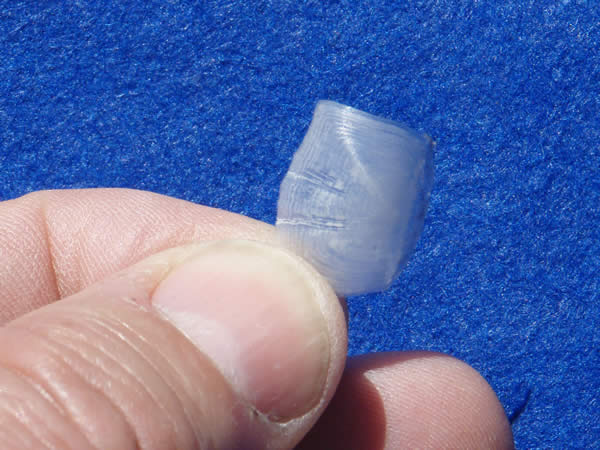
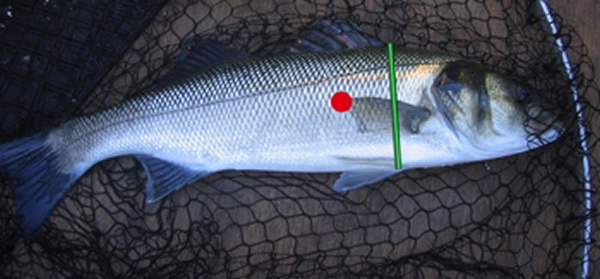
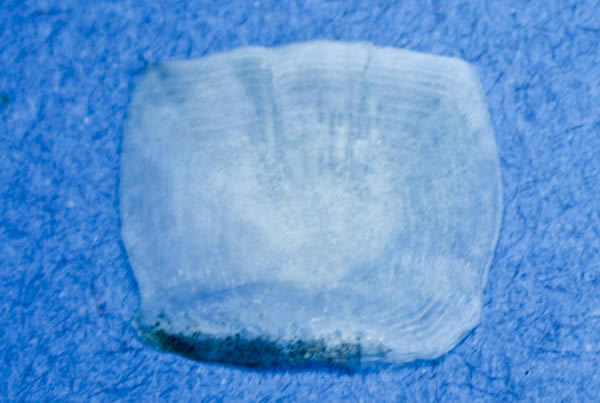
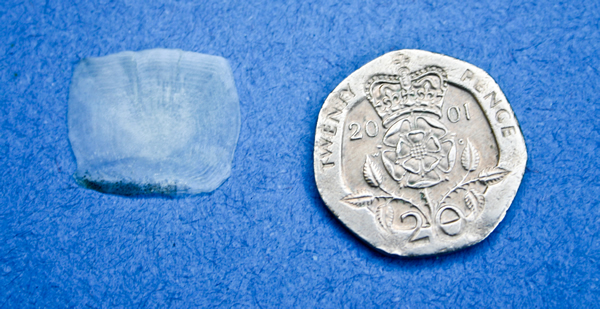
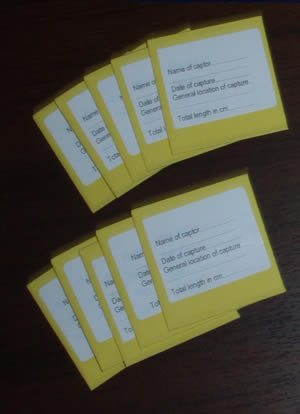
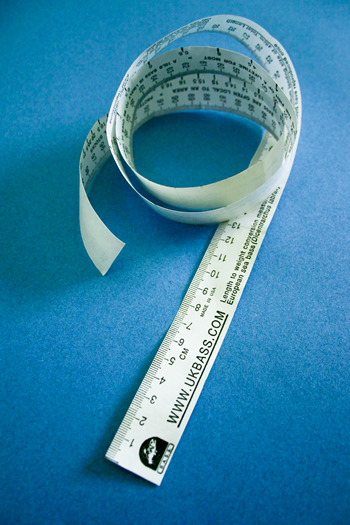
Thank you for taking part in this important work.
Geoff Gonella
May 2014